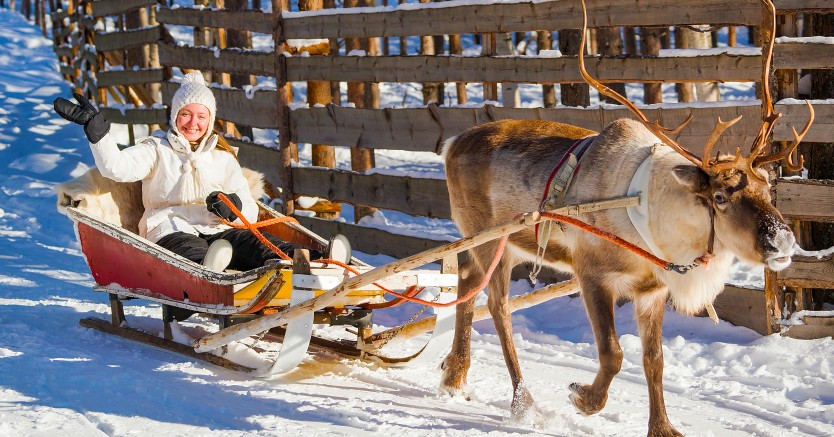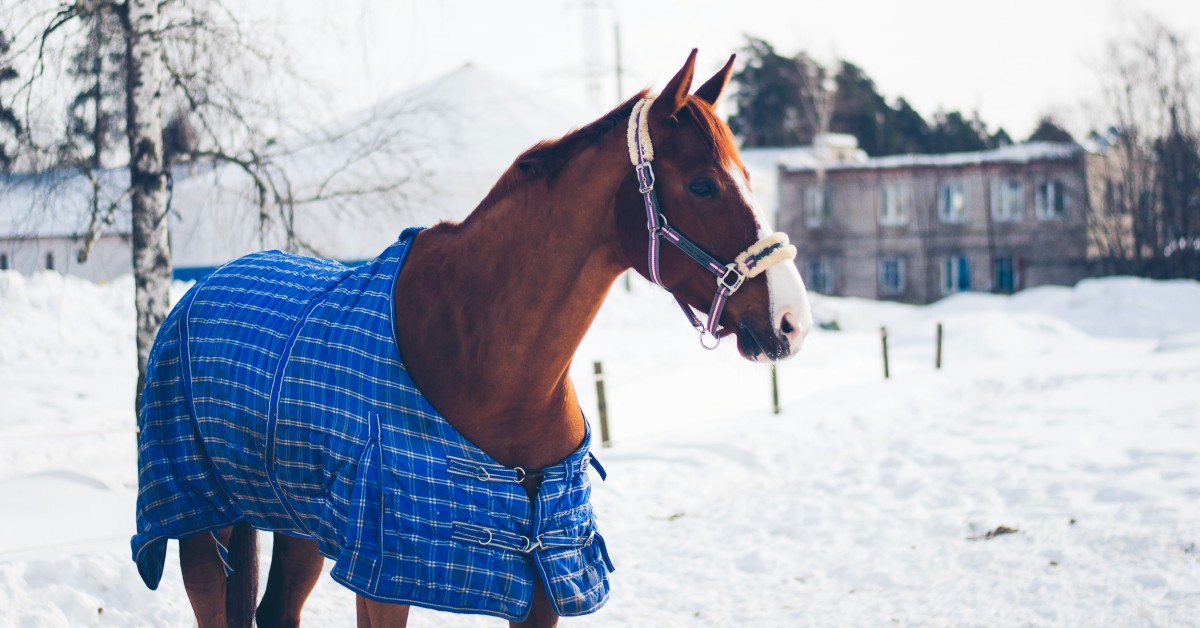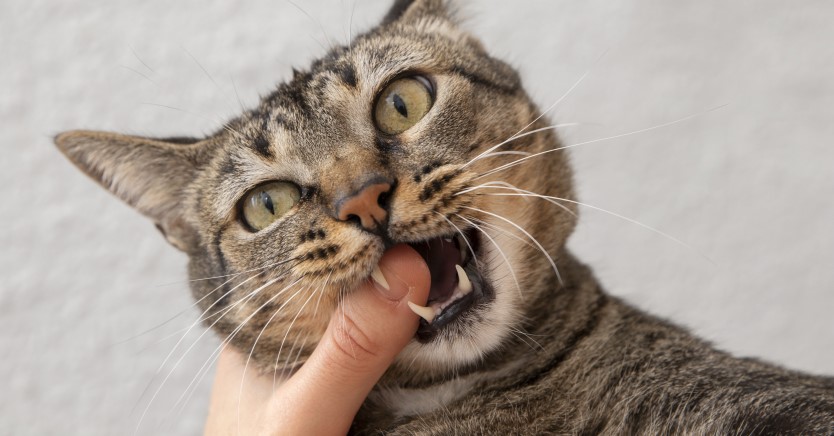Hoof Care for a Happier Horse: 10 Smart Steps for Owners
Take these ten important steps to keep your horse's hooves in optimal condition.

If you love and care for a horse, you obviously want to do all the right things to keep your animal as healthy and happy as possible -- right down to its feet. Horse's hooves require the same care and attention as the rest of your four-legged friend. Make the following ten steps part of your regular equine care routine.
1. Know What Healthy (and Unhealthy) Hooves Like Like
Once you know what your horse's hooves should look like, you can spot injuries or disorders more easily. Healthy hooves are all even in height and properly vertically aligned, with straight growth lines instead of curved ones. The underside should display a healthy, rubbery frog, a white line clear of debris, and symmetrical bars.
In contrast, an unhealthy hoof may show chips or cracks along the outer edge, punctures or other debris lodges on the underside, asymmetrical bars, and signs of infection or fluid discharge in the frog. All of these issues require evaluation and treatment.
2. Consult a Trusted Farrier and Equine Veterinarian
You can't keep your horse's hooves healthy without professional help. When you first take ownership of your horse, be sure to obtain referrals to a trusted farrier who can keep your horse's hooves trimmed and shod correctly. A knowledgeable farrier can also refer you to an equine veterinarian – or vice versa. An equine veterinarian can administer routine wellness exams and recommend best practices for keeping your horse (and its hooves) healthy.
3. Schedule Periodic Wellness Exams for Your Horse
Veterinary wellness checks can help you stay on top of your horse's health. In addition to checking vital signs, teeth, weight, coat condition, and other wellness indicators, your equine veterinarian will also examine your horse's hooves, stance, and gait. Any abnormalities in how your horse gets around may point toward a problem that your veterinarian or farrier can fix.
4. Feed Your Horse for Hoof Health
Your equine veterinarian may recommend a specific diet for your horse to ensure a healthy nutritional balance. Nutrients crucial to hoof health include biotin, copper, zinc, methionine, L-lysine, manganese and cobalt. Your horse also needs a healthy mix of fats, vitamins and minerals to keep its hooves strong.
5. Give Those Hooves a Workout
Exercise can prove just as important as diet and nutrition for healthy hooves. Take your horse out for at least a moderate amount of exercise every day. Regular activity will help deliver more blood flow to your horses’ hooves, providing them with easier access to essential oxygen and nutrients.
6. Pay Attention to the Shoes
You should schedule appointments with your horse's farrier every six to eight weeks. The farrier will check the hooves for problems, remove their old horseshoes, trim and balance the hooves, and patch, crack, and sterilize nail holes before installing new shoes that fit perfectly and provide the right support. If you notice any changes in your horse's gait, make an extra trip to the farrier instead of waiting for the next scheduled visit.
7. Pick Potential Problems Out of Your Horse's Feet
Shod horses can accumulate all kinds of debris, including sticks, stones, and other sharp objects that may injure sensitive tissue. Get into the habit of checking the undersides of your horse's feet and picking out any objects with your fingers, using a brush to get rid of dust and dirt. You can also take this opportunity to inspect your horse’s hooves for signs of infection or inflammation.
8. Keep Horse Bedding Clean
The bedding in a horse's stall naturally collects urine, feces, and germs over time. If you let this accumulation go unchecked, bacteria can invade your horse's hooves. This bacteria can produce a serious condition known as thrush, which can lead to severe infection and eventually cause lameness. Clean out the horse stall and replace bedding regularly to reduce the risk of exposure to harmful germs.
9. Steer Clear of Muddy Terrain
Don't ride or walk your horse over muddy terrain if you care about the health of its hooves. Mud containing urine and feces can cause thrush as easily as exposure to soiled bedding. Additionally, the negative pressure of a walk through the mud can suck a horseshoe right off a hoof.
10. Avoid Extreme Changes in Moisture Levels
A horse's hooves need a certain amount of time to react and respond to changes in environmental moisture levels. If you expose dry hooves to damp ground, they will naturally swell up. If those damp hooves then dry out too quickly in the daytime heat, they may contract to the point that shoes loosen and fall off.
You can minimize this issue by reducing the amount of time your horse spends on damp ground, including dewy grass, rain-saturated paddocks, and any puddles produced by bathing. You can also ask your farrier or veterinarian to recommend hoof care products that protect against moisture.
Keep Your Horse's Hooves in Top Shape
Now that you've learned some helpful hoof care tips for maintaining your horse's health, it's important to include them as a part of your regular equine care routine. Watch the hooves closely, give your horse a healthy diet and environment, and bring any questions or concerns to your equine veterinarian and/or farrier as early as possible. With luck, you and your four-legged friend can ride the range for years to come.
Ready to start saving money on pet wellness care?
Then take a look at Mint Wellness, the pet wellness plan that provides fast reimbursement on routine pet care. Save on vaccinations, wellness exams, preventatives, dental, and more!
Learn More


